Auckland based Chris is a senior fire engineer with a passion for projects that make a tangible and positive impact on the communities we live and work in.
He believes in a holistic approach to fire safety to ensure building designs provide occupants safe means of escape, allow for fire brigade intervention and have adequate structural fire resistance.
Here, Chris shares his thoughts on his career as a fire safety engineer, which includes his work on one of New Zealand’s biggest projects, the New Zealand International Convention Centre.
What inspired you to become an engineer?
The opportunity to work on iconic projects both locally and abroad that make a tangible positive impact to our communities.
Why fire engineering?
I enjoy that fire engineering offers dynamic challenges with each project. Buildings are constantly being designed in new and unique ways and new technologies introduce new and unique fire hazards. I find it rewarding developing fire safety solutions for buildings which are practical and safe but also allow for innovation and creativity.
What’s your career highlight project?
The New Zealand International Convention Centre (NZICC), which is currently progressing through construction. The NZICC aims to become the largest, most versatile conference, exhibition and entertainment centre in New Zealand. The building will span over 10 levels including 4 basement levels.
I am part of the team responsible for delivering the fire safety strategy for the building. This involves developing strategies for detection and warning systems, fire suppression, occupant evacuation, smoke management, compartmentalisation and fire fighter intervention.
Tell us about the fire engineering on this project.
The fire engineering design for NZICC followed an alternative solution approach prioritising fire engineering from first principles. A key focus of the project was the structural fire design for the building’s steel structure.
We modelled idealised fires within the building to evaluate the thermal impact of these fires on the steel structure. Through the analysis, in collaboration with the structural engineers, we were able to minimise the amount of fire protection required for steel structure without reducing safety.
What innovative new approaches are you seeing when it comes to fire engineering?
The development of new fire safety strategies that address the evolving landscape of parking buildings. First is the rise of vertical car stackers as developers aim to use smaller lots more efficiently. Second is the increasing prevalence of electric vehicles and charging stations.
The fire engineering community is continuing to explore a range of fire safety measures to address these hazards with the objective of ensuring that parking buildings remain safe for occupants and that fire spread between vehicles is minimised.
If you’ve worked across regions, countries, and/or Tetra Tech operating units, can you tell us about the key similarities and differences you’ve encountered when it comes to mechanical engineering and your projects?
I’ve now practiced fire engineering in Australia and New Zealand. The fundamental principles of fire engineering remain consistent across the regions. One notable difference I have observed is that there is a higher emphasis on design coordination on New Zealand projects. This focus on design coordination ensures that fire safety requirements are accurately reflected in other discipline design documents early, reducing surprises later. I also believe it fosters a more holistic and collaborative culture, increasing efficiency in the overall design process.






